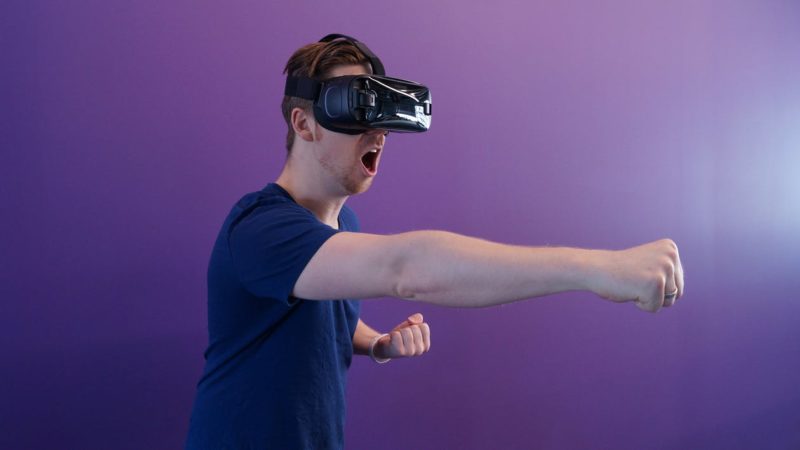Virtual reality (VR) is becoming more integrated into our homes and workplaces. Should we think about how VR affects the well-being of our kids?
Virtual reality can thrust the viewer into a 3-D world of escapism. On the positive side, VR has the potential to aid in therapy and education. Here, we discuss the top Virtual reality safety concerns when kids use their headsets.
Effects on Eyesight
Experts say that virtual reality may affect eyesight; however, evidence still lacks. Nearsightedness, an eyesight condition that makes far images appear blurry, has been linked to staring at close objects for prolonged time periods.
One could argue that VR headsets may induce nearsightedness in children, but the technology may prove otherwise. Professor Martin Banks, an expert in optometry and vision science, explains that VR headsets contain optics which allows the viewer to perceive images in more depth. VR can also have built-in vision tests to detect any onset of vision problems.
In that case, virtual reality might be less damaging than books and smartphones. But parents can avoid fatigue and eye strain in their kids by limiting use.
Effects on Brain Development
Children’s brain development is another possible concern regarding virtual reality. Young brains are physically elastic and developing. Children risk brain damage if they wear a virtual reality headset for extended periods of time.
As for cognitive and emotional development, parents should monitor the content viewed and time spent on Virtual reality devices. Rules for television, movies, and video games may likely apply to virtual reality also.
Bottom Line: Kids Can Use VR, but…
Use discretion when allowing kids to use their virtual reality devices. Virtual reality headsets are not all created equal. Make sure the fit and dimensions of the headset are appropriate for the child.
Additionally, set rules around Virtual reality headsets to avoid physical and psychological detriment.



